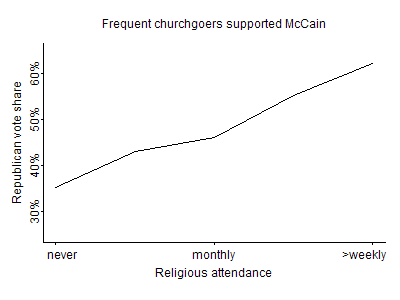In the wake of the embarassing incident where car company executives were called out for flying in private jets to beg Congress for money, Cessna, manufacturer of private jets, is fighting back. At their new website, www.cessnarise.com, they’re framing the attack as skeptical hyperbole that doesn’t take into account the facts and recommending that potential purchasers of private jets “rise” above it all. Some screenshots:

Notice that Cessna frames the resistance to private-jet-flying chastisement as a “challenge” that should be overcome.

I don’t know whether private jet ownership is, in fact, economically smart. I am rather sure that it depends on the company/person. I do, however, think it’s interesting the way that Cessna is framing a rejection of the point made by Congress (that it is, perhaps, indulgent to insist upon private jet travel) in moral terms. Customers should “rise” above, take on the “challenge,” fight the “naysayers,” beat the “skeptics.” Real economics, then, appear to take a backseat to resisting the accusation that some of us enjoy extreme class privilege that is not necessarily justified by the books.









